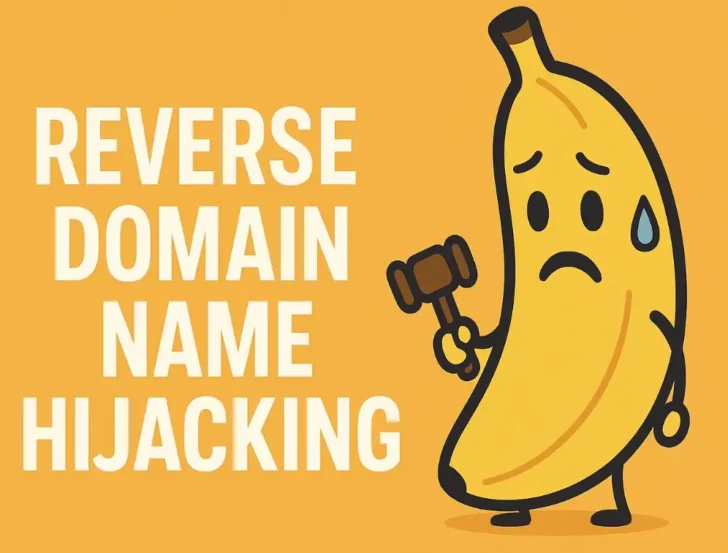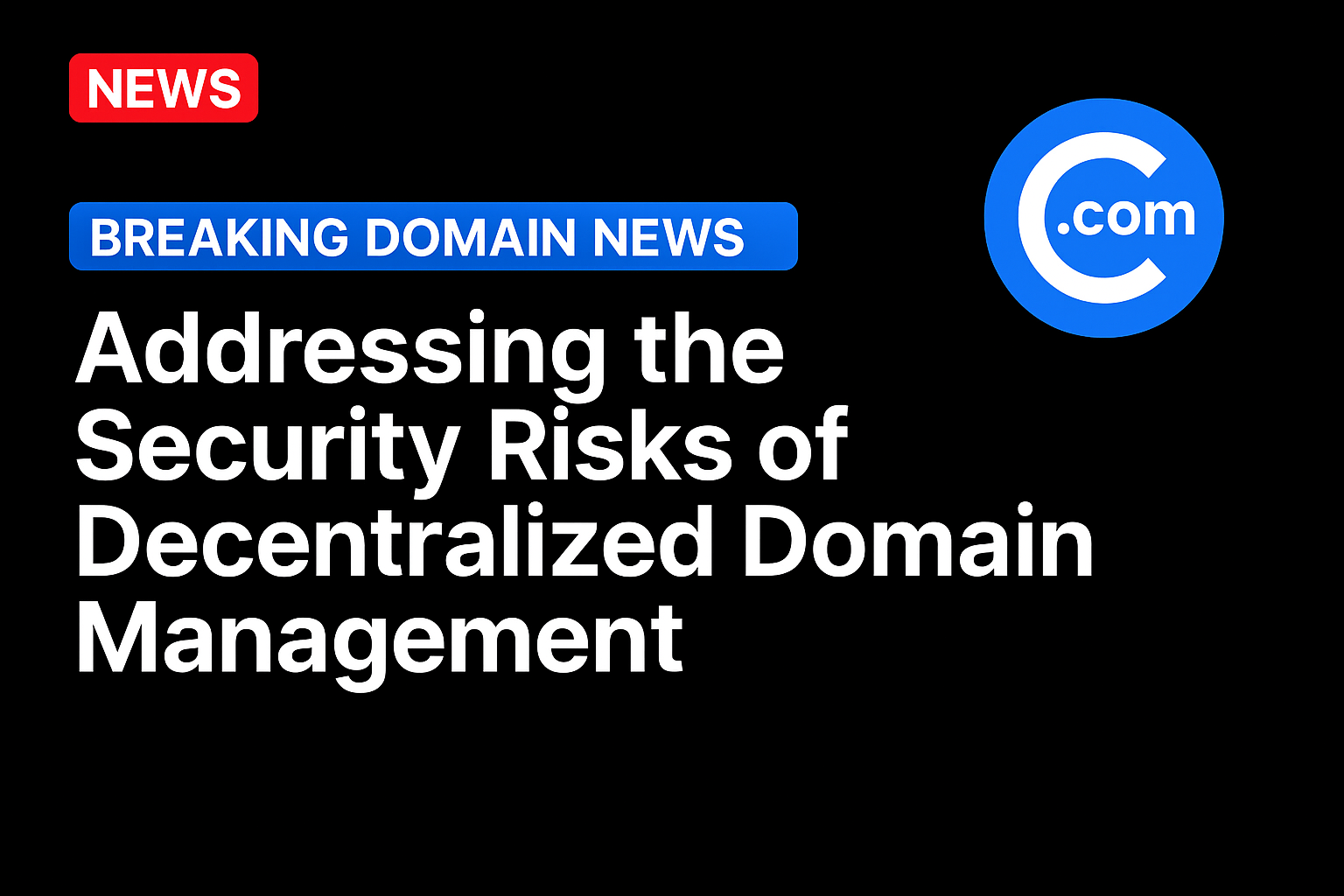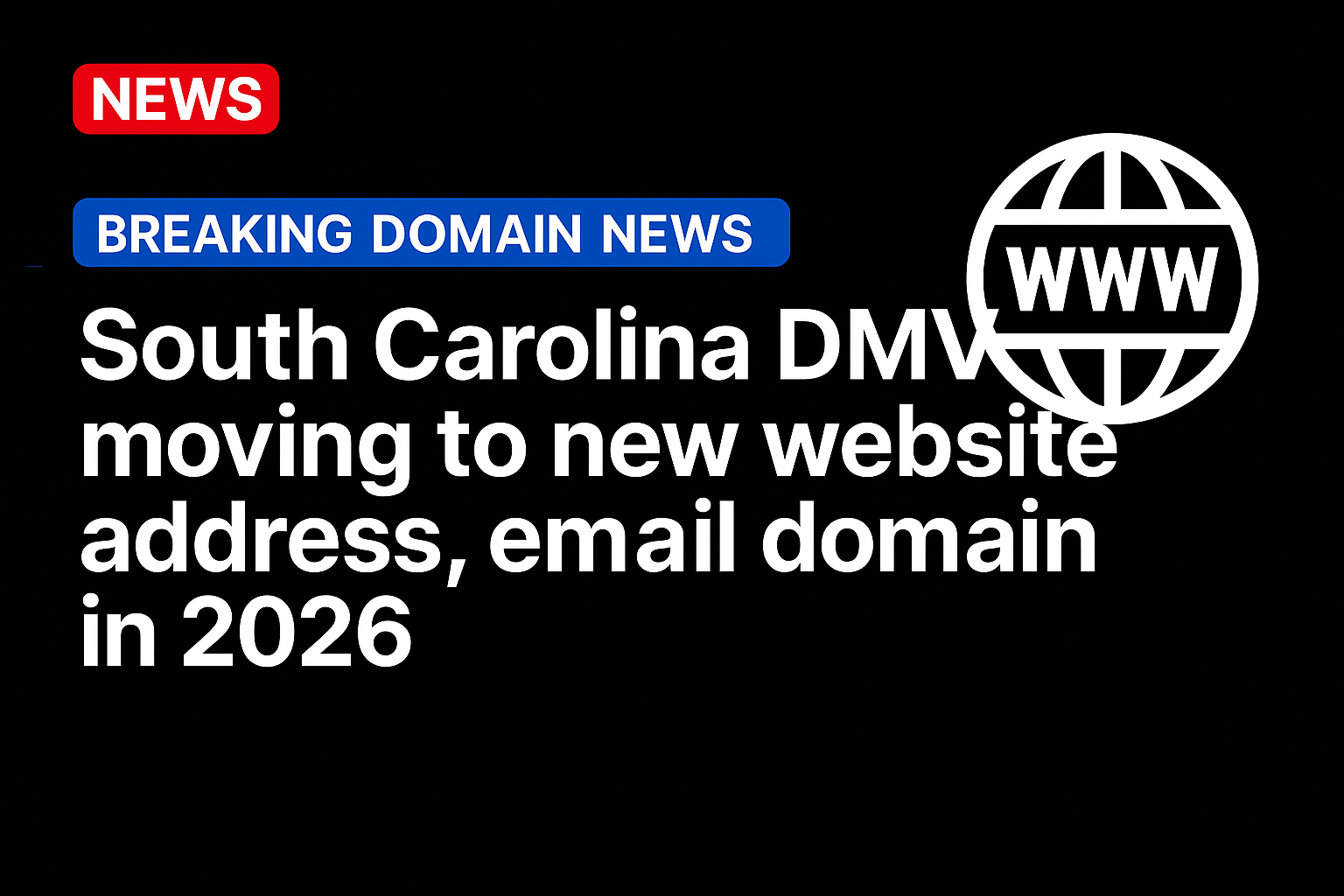Company loses the first of three cybersquatting disputes it has filed against Nano-Banana domains.

Google has lost a UDRP cybersquatting case it filed against the domain name NanoBananaAI .com, with the panel finding that the company failed to prove trademark rights in “Nano Banana.”
Google said it uses Nano Banana in connection with AI image editing and generation software that it released on August 12, 2025, through the LMArena platform. The software attracted immediate attention, including social media discussion and an article in Business Insider that speculated on its connection to Google.
The company argued that it had acquired common law rights in the Nano Banana mark, and suggested that the domain registrant, Ping Lin of China, registered both NanoBananaAI .com and NanoBanana .ai to promote a competing AI product under the same name. Google alleged that the respondent redirected NanoBananaAI .com to NanoBanana .ai and reposted genuine Google posts on X to falsely suggest an affiliation.
Ping Ling registered the domain name on August 14, two days after the release on LMArena. Google claimed this isn’t the first time the registrant has targeted one of its product names.
But panelist David E. Sorkin denied the complaint, finding that Google had not provided enough evidence to prove that Nano Banana had acquired distinctiveness as a common law trademark in such a short time.
Sorkin also pointed out that Google had not publicly claimed trademark rights in Nano Banana and that the name does not appear on its published list of trademarks.
It can be challenging for companies to win a UDRP for a new brand like this, even if it’s clear that the domain was registered in response to its product launch.
Google has pending cybersquatting cases against NanoBanana .ai and NanoBananaGoogle .com. It will be interesting to see whether the panels in those cases rule differently; both domains are clearly used to target Google’s Nano-Banana image generation platform.
Morgan, Lewis & Bockius LLP represented Google in the case. The domain registrant didn’t respond.
Source: https://domainnamewire.com/




